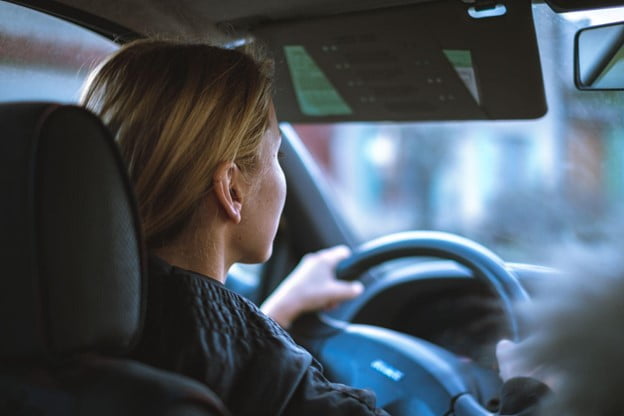Getting on the road with help from the NDIS
Have you always wanted to learn to drive? For those who experience disability, the prospect can offer a great deal of freedom.
Driving can allow you to socialise more easily, get to and from work, and make it much simpler to run errands.
Fortunately, the NDIS does provide funding in some cases to help participants gain more independence and get out on the road.
What does the NDIS cover?
As is the case with all NDIS funding, learning to drive must be considered “reasonable and necessary” when it comes to your (or your participants) plan.
Learning to drive supports are located in the Increased Social and Community Participation section of an NDIS plan. Funding is also usually required from the Capacity Building section for Occupational Therapy to allow for the associated costs of getting on the road.
To gain funding the following are usually required:
- Relates to an NDIS goal
- Proof of support
Typically, it’ll be necessary to have learning to drive set out as a goal in your NDIS plan. Keep in mind, all supports link back to goals in your plan so it’s essential to set the right goals from the outset.
Even if there’s no specific goal of learning to drive in your plan, it could be associated with another goal such as gaining work experience or participating in the community.
It’s also necessary that a participant proves that they’ll need additional support to learn to drive and that the support relates specifically to their disability needs.
Learning to drive: key steps
Getting out on the road isn’t as simple as just getting an instructor and getting started. There are a few key steps to follow first:
- Gain your learner permit
- Medical fitness tests
- Occupational therapy assessments
- Off-road assessment
- On-road assessment
Getting a learner’s permit is the first step to learning to drive on the road. A learner’s permit is given via a written test –– if you require support to study for and take the test, then this may also be covered within the NDIS plan.
For people who experience disability, medical tests are required before starting to drive. These include vision, hearing, and cognitive tests. There are Australia-wide standards that must be met and states also have individual requirements. If you live in Victoria, you can find Victoria’s requirements here.
NDIS participants are also assessed by an Occupational Therapist (OT) to ensure fitness to drive. An OT will assess whether passing a driving test is a realistic goal. This will include requesting a medical report from the doctor that states you are legally fit to drive. Not all OTs will perform this role, but you’ll find a list of Victorian OT Driving Assessors here.
The OT will perform an off-road assessment first. This includes a review of your medical history, decision-making skills, and knowledge of the road rules.
Once satisfied, the OT will report to the NDIA and recommend a particular number of lessons. They’ll also work with a driving instructor to give a quote.
Importantly, before any on-road lessons begin, the NDIA must approve (or not approve) the funding for lessons. If approved, a new plan is issued that includes funding for driving lessons.
The OT then observes during driving assessments and works with the driving instructor and participant to explore ways to improve any driving skills that are limited due to disability.
All driving tests are then conducted by the relevant state licensing authority.
There are several steps to follow, but with persistence, it’s absolutely possible for NDIS participants to get out on the road with funding from their plan.
We’re a call away
Have any questions about whether learning to drive is funded within your, or your participant’s plan? We’re here to support you and offer advice and feedback.
Get in touch on 1300 60 33 89 or at [email protected]





